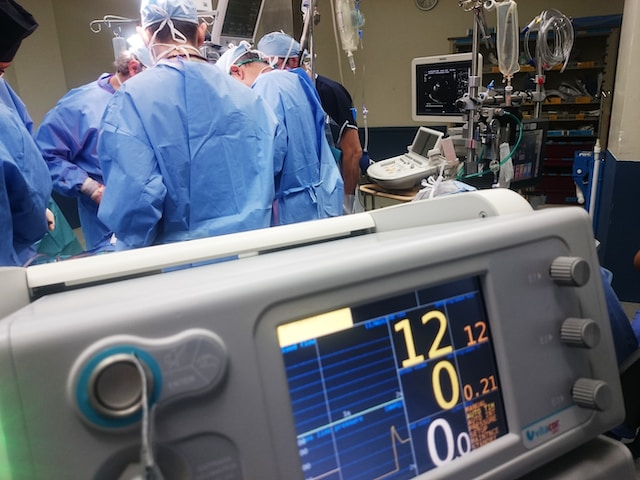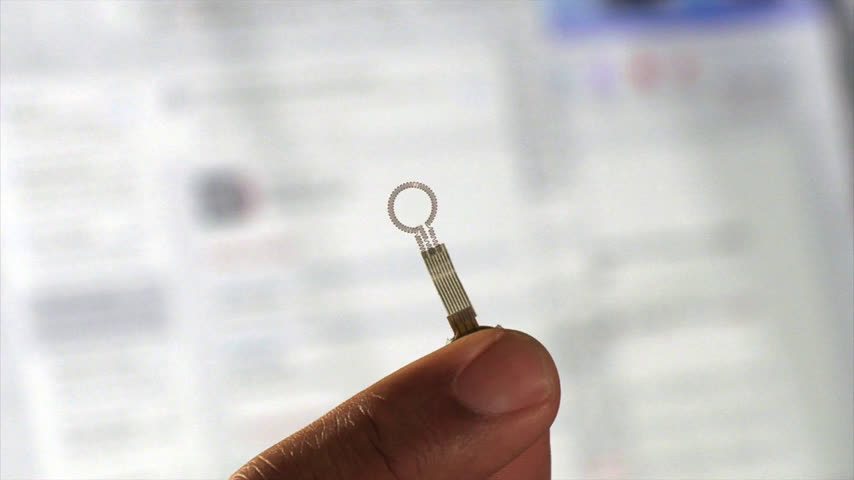Researchers at the Indiana University School of Medicine are developing a silicone device that can reprogram skin cells in the body to become new blood vessels and nerve cells.
The technology has been in development for over five years. But now the device has advanced from prototype to standardized fabrication. Once ready, the device will be used for treating people with a variety of health concerns.
Potential applications of the technology include repairing brain damage caused due to stroke or reversing nerve damage caused by diabetes.
For this device, researchers used the approach to turn the human body into its own cell programmer. The technique used is known as tissue nano-transfection. It is a non-invasive nanochip device. In laboratory tests, the device was able to convert skin tissue into blood vessels for fixing a badly injured leg.
“This small silicon chip enables nanotechnology that can change the function of living body parts,” says Sen, director of the Indiana Center for Regenerative Medicine and Engineering. “For example, if someone’s blood vessels were damaged because of a traffic accident and they need blood supply, we can’t rely on the pre-existing blood vessel anymore because that is crushed, but we can convert the skin tissue into blood vessels and rescue the limb at risk.”







